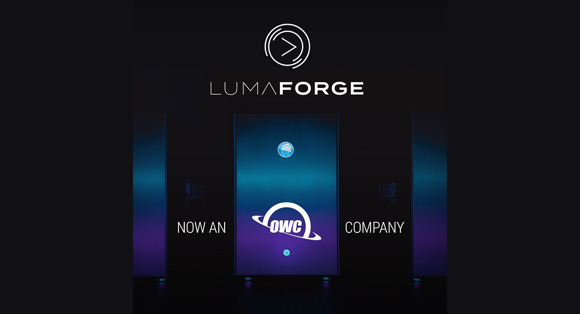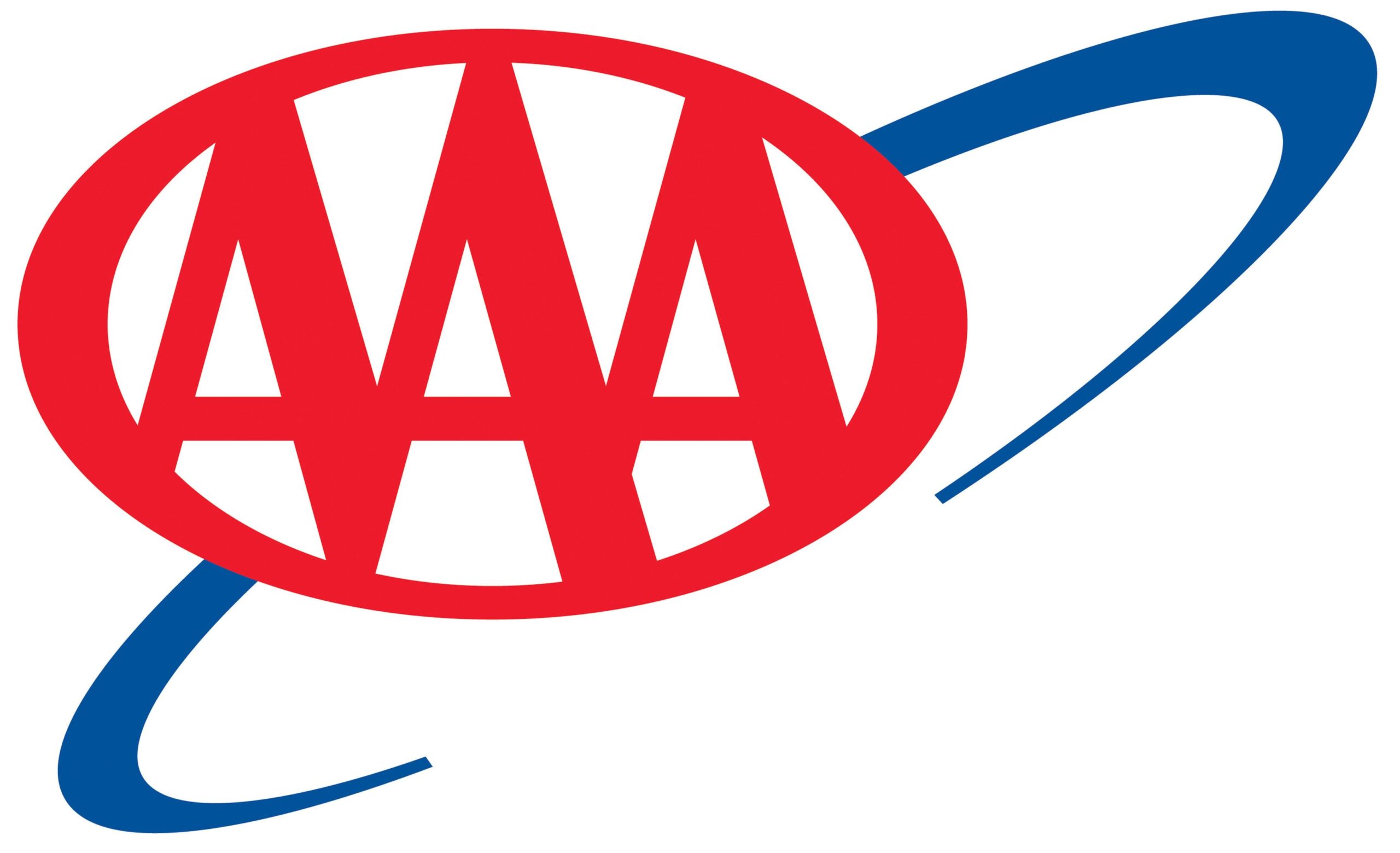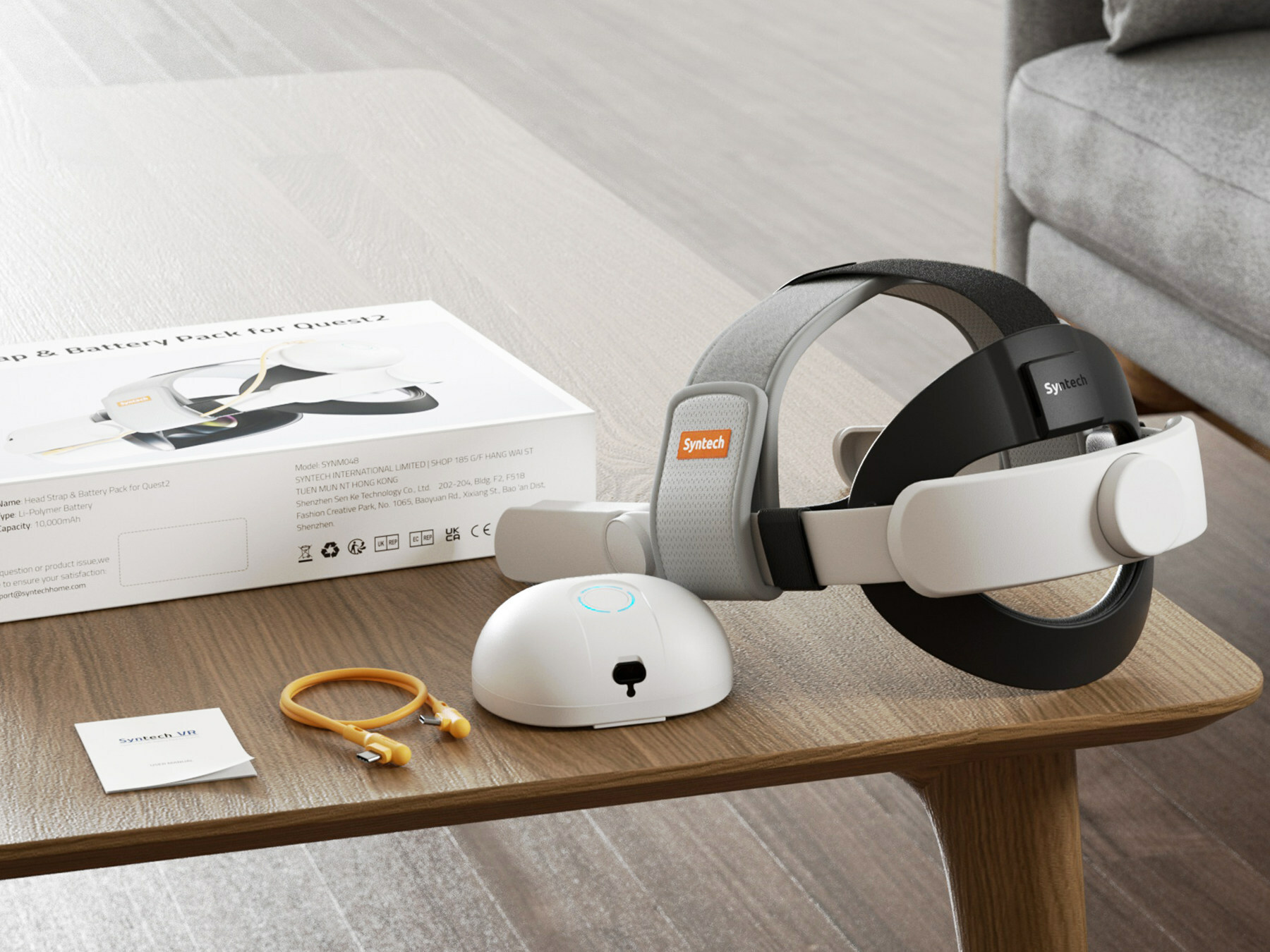Press Releases
OWC Acquires LumaForge and Jellyfish Technologies

LumaForge to continue as an OWC Company, with team intact, to further expand production and server capabilities, solutions, and line up

OWC®; a leading zero emissions Mac and PC technology company and one of the world’s most respected providers of Memory, External Drives, SSDs, Mac & PC docking solutions, announced today the acquisition of LumaForge, creator of the award-winning family of shared storage Jellyfish solutions and its support of the ultra-reliable video workflow server that connects content creators, editors, colorists, graphic artists, and sound mixers. The Jellyfish product line adoption further establishes OWC as the provider of the most reliable storage workflow solutions available for both existing OWC…





